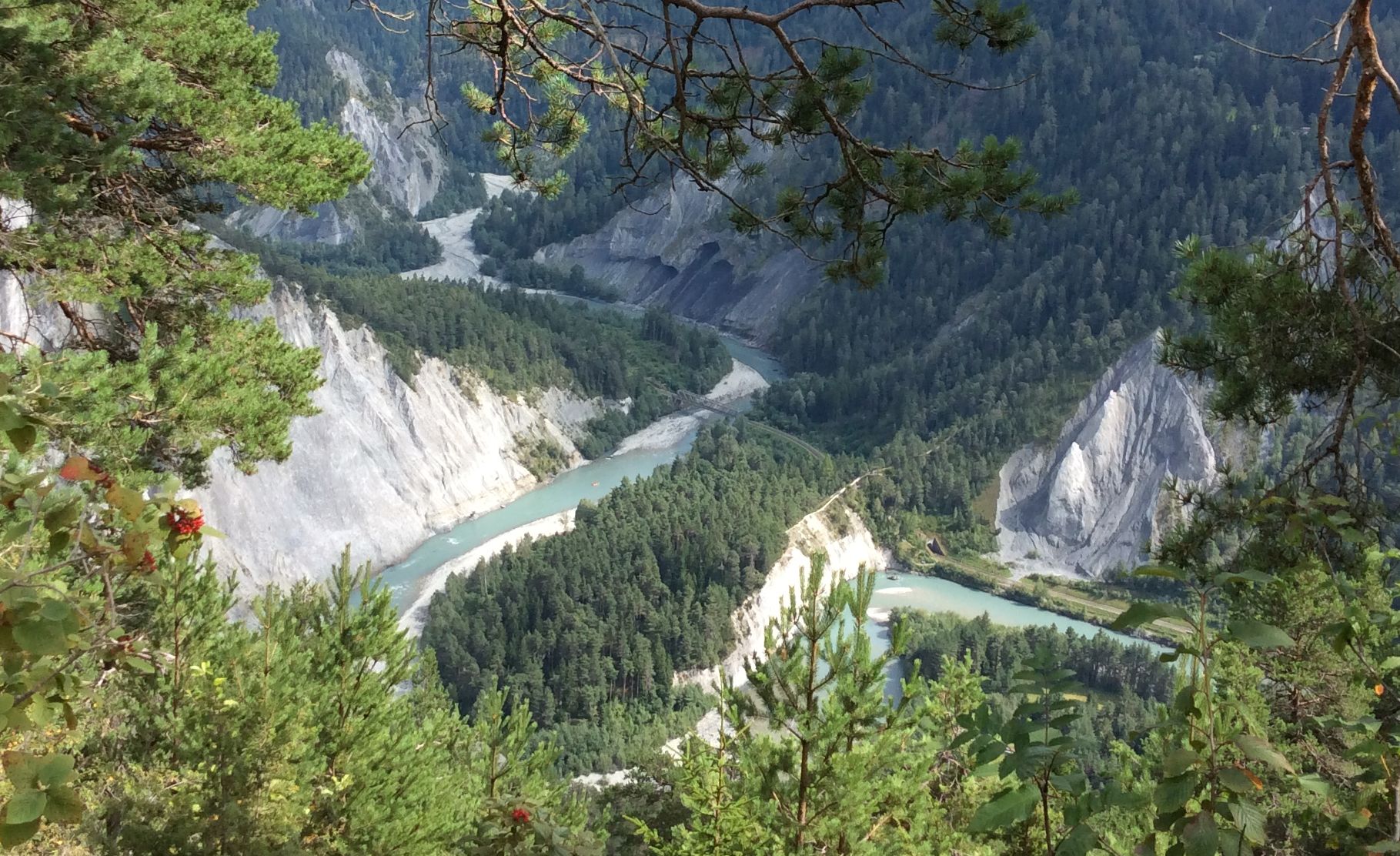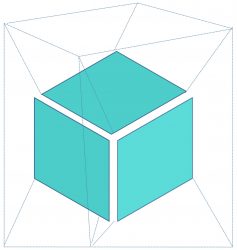In the period of romanticism the associations with a blue sky were very different from today. Getting out into the sun was a kind of privilege for the “leisure class”, of people who could afford to enjoy time outside for boating, walking or other pleasures. In our technology-driven 21st century the associations with Blue Sky are more like a technically enhanced view through for example “Windows” at the news and opinion platform or “Bluesky”.
Several scientific websites that report data on blue skies and air quality more generally across the world report indicators like ozone values O3, sun intensity, micro particles 2.5µm and 10µm, Nitrogen Dioxid NO2 to name the mostly quoted indicators. Hence, just enjoying the blue sky outside isn’t the same as it was before. People working outside in the sun or at times of a blue sky but with high air pollution levels are incurring severe medium-term health risks. The Ozon layers at very high altitudes protect our skin and eyes against high UV-radiation, but O3 on the ground is tough for eyes and lungs.
Technology has come with many blessings, but the negative effects on a global scale become also more evident. Getting used to a particular lifestyle, which produces lots of emissions of aggressive fine particles will make it more difficult to just simply enjoy a blue sky.
In consideration of all these background data with regional variations, we surely need an AI-system which we can ask for advice, whether we should go outside and enjoy the blue sky with or without respiratory mask.
Romanticism has led us all the way to Californication and dangerous enshittification of the air that surrounds us. Youth and the next generations will have very different associations with Blue Sky than we have the chance to, at least, have had. 

